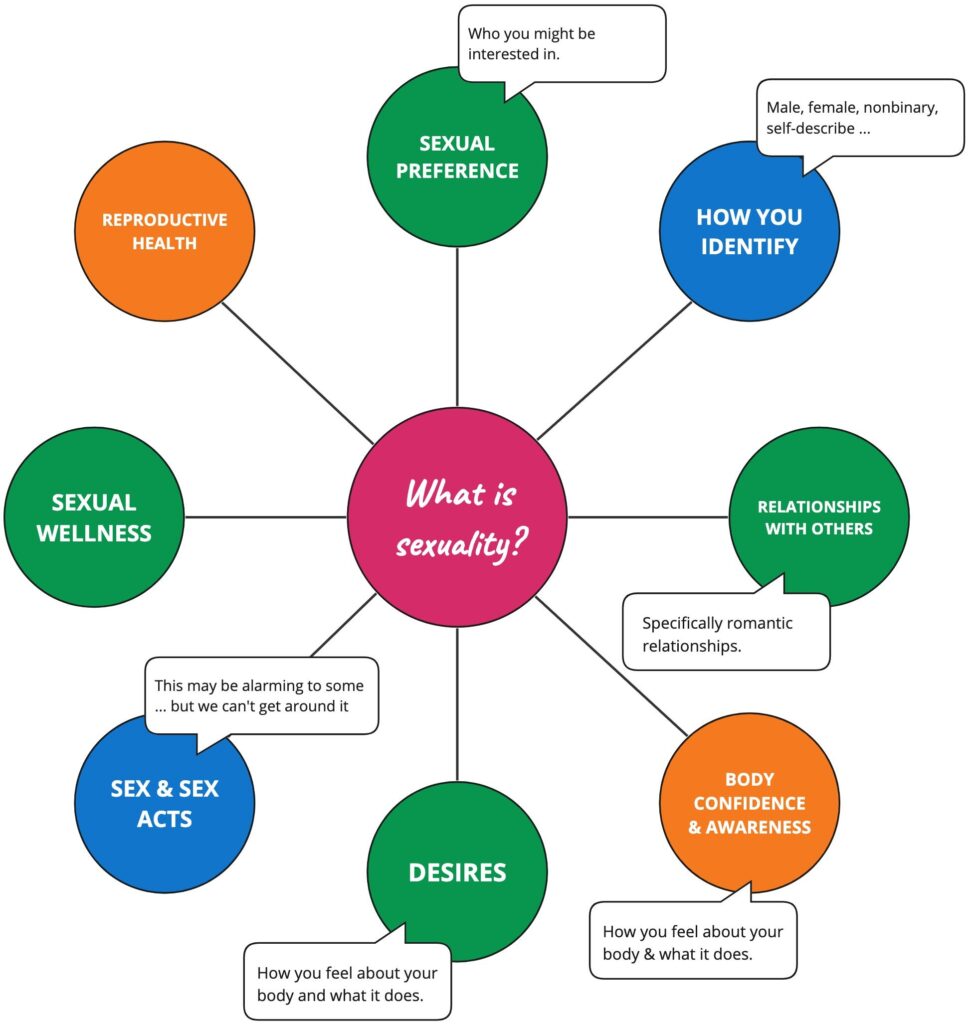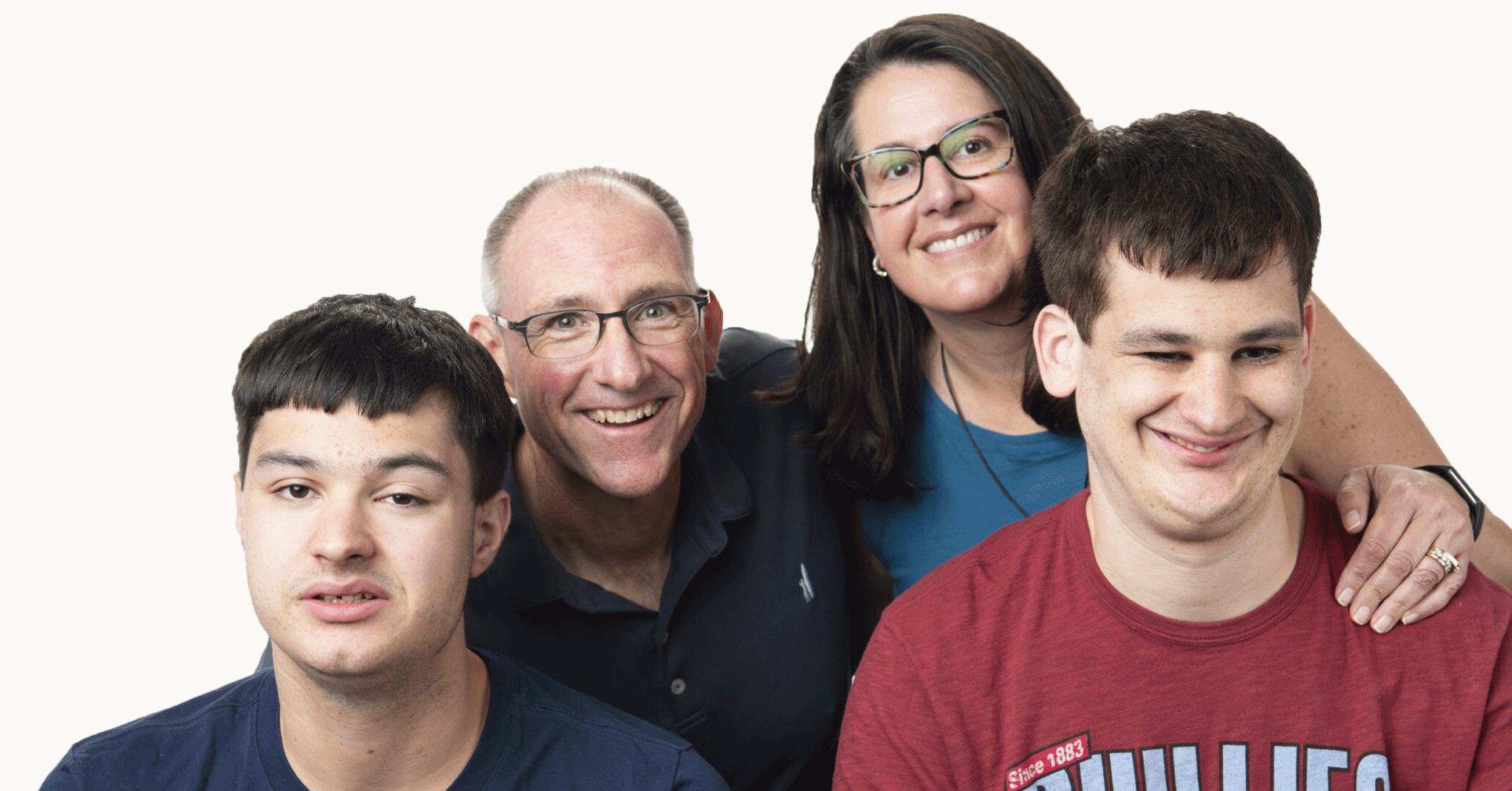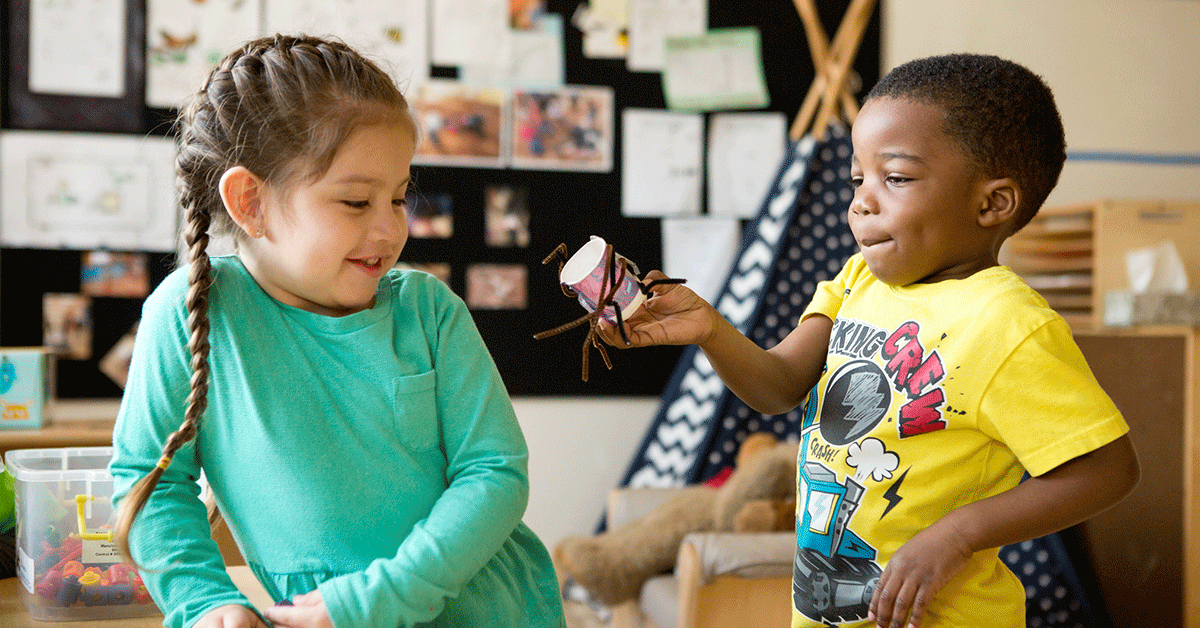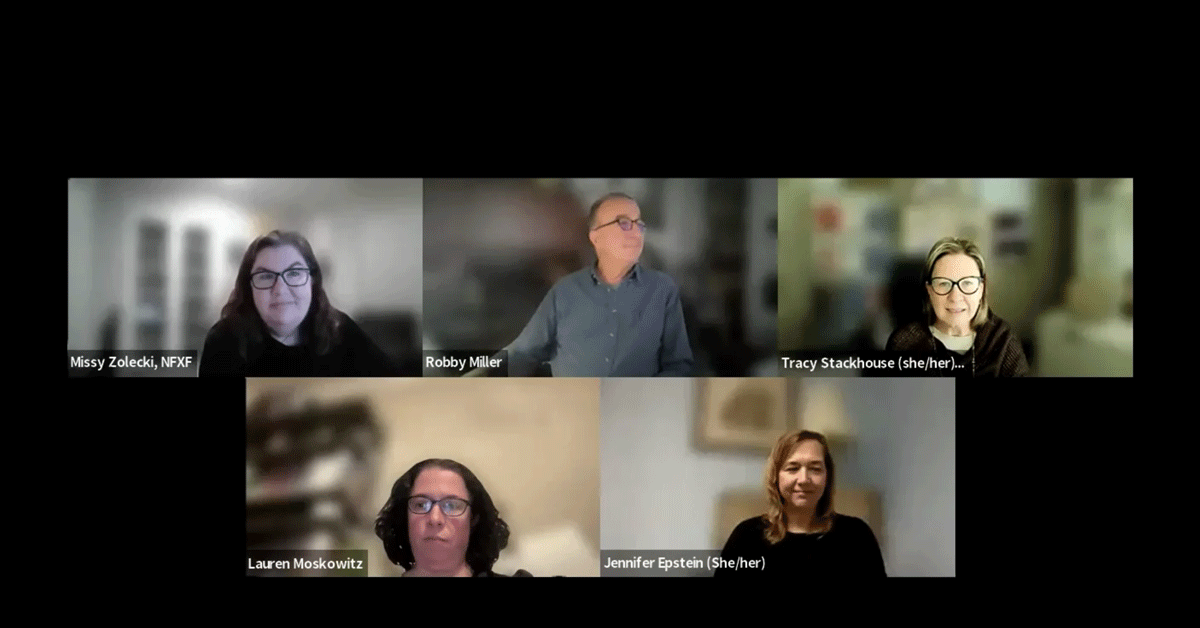Nine Tips to Help You Discuss Puberty With Your Child
Puberty is the time in a person’s life when their body starts to transition into adulthood. Puberty can come with a lot of feelings, emotions, and changes, making it a confusing and challenging time for the person going through it, and their loved ones. It can be strange to experience these changes and not know why it is happening.
1. Identify Who Should Lead these Conversations
It can be uncomfortable to talk about these things with a parent (or anyone!). If a parent isn’t comfortable with these conversations, identify someone your child may be comfortable with to discuss these sensitive topics. Engaging a professional with expertise in this area may help guide the discussion. This person should be comfortable answering questions and speaking openly.
Sometimes speaking with someone who has experienced the same things during puberty is most helpful. For example, a young girl may prefer to talk to someone who has already had their period.
2. Find Resources that Work for Your Child
Does your child prefer to read books, look at pictures, watch a video, or listen to someone speaking? Find a resource on puberty that helps them learn in a way they prefer.
Many of the following resources are from the following articles (we are not endorsing any one resource specifically):
- How to Help Teens With Special Needs Navigate Puberty (UW School of Medicine and Public Health)
- Puberty and Your Child with Autism (AbilityPath)
Books:
- Books by Terri Couwenhoven, MS, CSE, a certified sexuality educator specializing in creating programs and resources for people with intellectual or developmental disabilities, including their families and support professionals. See her books on Goodreads or Amazon.
- Boys, Girls & Body Science: A First Book About Facts of Life (Author Meg Hickling and Illustrator Kim La Fave)
- What’s Happening to Me? An Illustrated Guide to Puberty (Author Peter Mayle and Illustrator Arthur Robins)
Online:
- All About Periods (Nemours KidsHealth)
- Educational materials about Puberty (MARSHmedia)
3. Encourage Questions
Questions are natural. Let your child communicate their questions to you without judgment and answer honestly. Reiterate that they can always come to you and ask questions, and they will not get in trouble.
4. Use the Correct Name for Body Parts
Teach your child the correct name for their body parts and encourage them to use those names. This is important for general healthcare purposes and safety. This will also help you accurately explain the changes your child can expect to see.
5. Explain Changes Before they Occur
Explain bodily functions like a menstrual cycle (period) or an erection before they occur. This helps your child know these things are “normal” and they can identify them when they occur.
6. Practice Good Hygiene
Share the importance of staying clean. Show them how to wash their entire body and use things like deodorant, razors (if comfortable), sanitary pads, tampons, or menstrual cups. Using visuals like a list with pictures or visual schedules may help.
7. Discuss Appropriate Behaviors and Set Up Rules
Discussing things like privacy, sexual urges, and other feelings openly is important. Consider setting up rules like going to their room or bathroom when they need private time.
8. Talk to Other Parents and Caregivers
Learn from other parents and caregivers about how they navigated puberty with their child. It may be helpful to talk with other parents who have children with Fragile X syndrome or another intellectual or developmental disability.
9. Brainstorm with a Professional
Speak to your child’s doctor about resources and tools they would recommend. All of our Fragile X Clinical and Research Consortium (FXCRC) clinicians are comfortable discussing puberty and encourage you to establish a relationship with a clinic near you!
Navigating the Challenges of Puberty and Adolescence for Youth with Fragile X Syndrome
Holly Harris and Dinah Godwin discuss specific challenges during puberty and adolescence and provide strategies and resources to assist youth and their caregivers in navigating the teenage years. Learn more about this webinar.
Preparing Females for Puberty
Strategies for Developing Executive Functioning and Social Skills
A webinar for and about females with FXS, with Barbara Haas-Givler. Topics covered include resources to help prepare for puberty, considerations when looking into post-secondary education options, strategies (with examples) on supporting task initiation and completion, and backward and forward chaining and transitions. Learn more about this webinar.
Puberty, Sexuality, and Reproductive Options
Reproductive Health: Physical and Emotional
Reproductive health is a broad topic that covers the physical and emotional components of areas like puberty, sexuality, reproductive options, and family planning. These topics can be challenging to cover, but they are essential! With Heather Hipp and Vicki Wilkins. Learn more about this webinar.
Sexuality and Fragile X Syndrome
Sexuality is a natural part of life and is part of everyone’s development. People with Fragile X have the same wants and needs as other people. Sexuality can include health and wellness, relationships, sexual orientation, desires, and gender identity (see Sexuality and I/DD FAQ). And just like everyone else, there is an appropriate time and place to discuss and act on these feelings.

When speaking with someone about their sexuality, come ready to have an open and honest conversation that is developmentally appropriate. Many of the same practices when talking about puberty can be used during these conversations. It is important to teach the importance of respect and consent, again, at a developmentally appropriate level.
Some parents, caregivers, and self-advocates have questions about options like birth control. These questions are best to discuss with a doctor.
Puberty and sexuality can be challenging to navigate. Go easy on yourself, and let us know how we can help!
Teaching Pro-Public Behavior: Public or Private?
Including people with disabilities in our communities poses significant challenges. While inclusion helps increase normalization, it also increases vulnerability to community risks and hazards. How do we prepare children and adolescents to access their communities, without running the risk of their being exploited? What if they show affection in inappropriate ways, use sexual language that may be misconstrued, or touch body parts that could bring legal action, or at the very least a disgruntled public?
The Unique Challenges for Females with Fragile X Syndrome
Though males experience greater frequency and severity of symptoms, females with FXS present a variety of challenges as well. This article is dedicated to addressing those challenges, including relationships and dating.
Additional Resources
Promoting Healthy Sexual Expression
Individuals with intellectual disabilities experience difficulty in interpreting behavioural cues within their social environments. This may in turn create negative outcomes for their expression of sexuality. (Source: Chapter 7 of “Supporting Individuals with Intellectual Disabilities & Mental Illness”)
Sexuality
People with intellectual disabilities and developmental disabilities, like all people, have inherent sexual rights. These rights and needs must be affirmed, defended, and respected. (Source: American Association on Intellectual and Developmental Disabilities)
Sexuality and Parenting Supports for People with IDD
How states provided sexual health and parenting services in home and community based services. (Source: The Council on Quality and Leadership)
Sexual Health Resource Toolkit for Parents of Youth with IDD — Supporting Youth with Intellectual and Developmental Disabilities Through Puberty and Early Adolescence
The emotional and physical changes that happen during adolescence can make youth feel excited, confused, or anxious. (Source: U.S. Department of Health & Human Services)
Puberty and Your Child with Autism
Dealing with big physical and emotional changes in adolescent boys and girls. (Source: AbilityPath)
Puberty and Sexuality
Top tips for talking about puberty with your preteen. (Source: Texas Health and Human Services Commission)
Social and Sexual Education
The importance of social and sexual education for individuals with Down syndrome (Source: National Down Syndrome Society)
Disability Services Resource
Creating opportunities for youth and adults with disabilities to engage in healthy relationships, reduce risks of future violence, and gain access to supports and services for healing and recovery. (Source: The SAFE Alliance)










